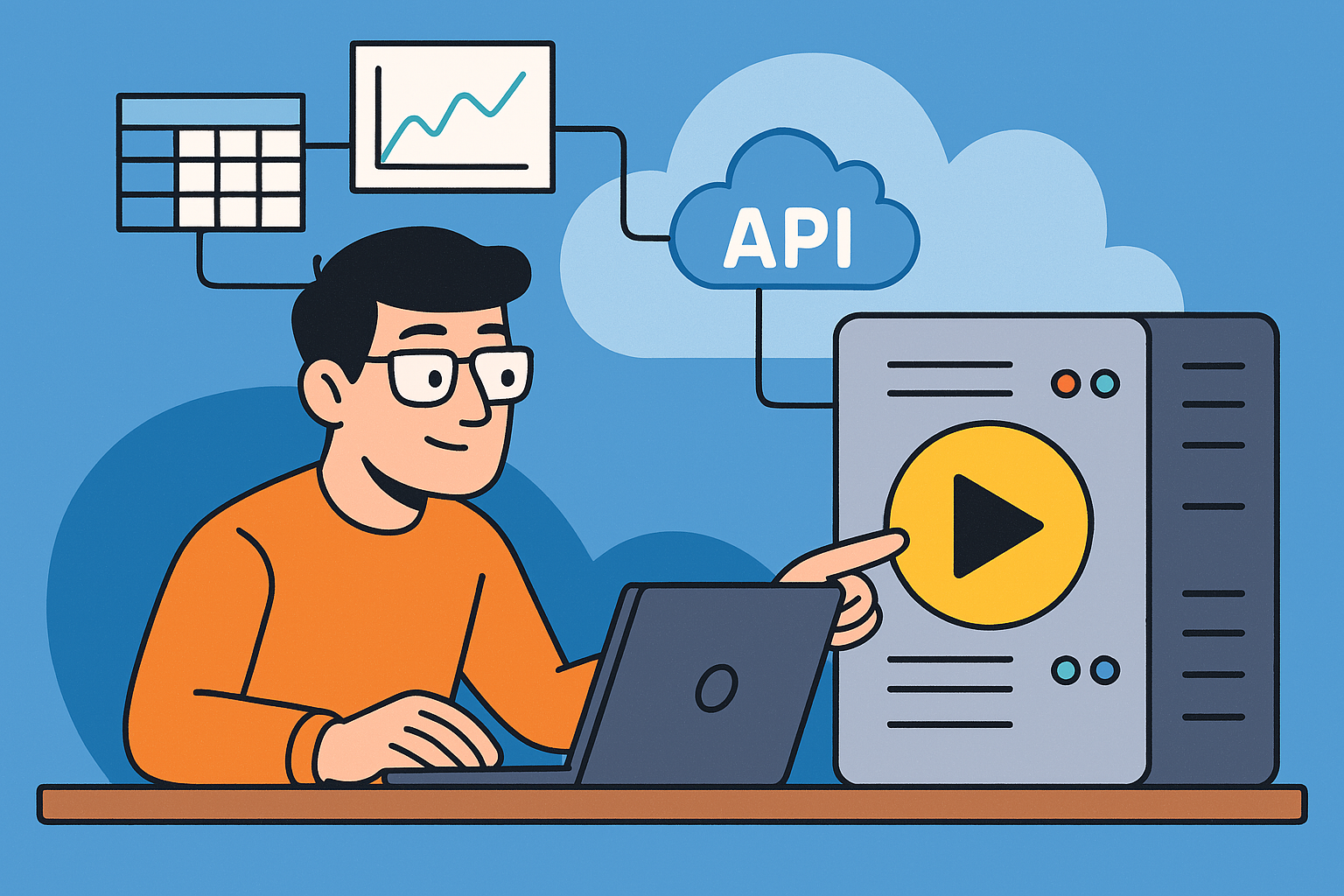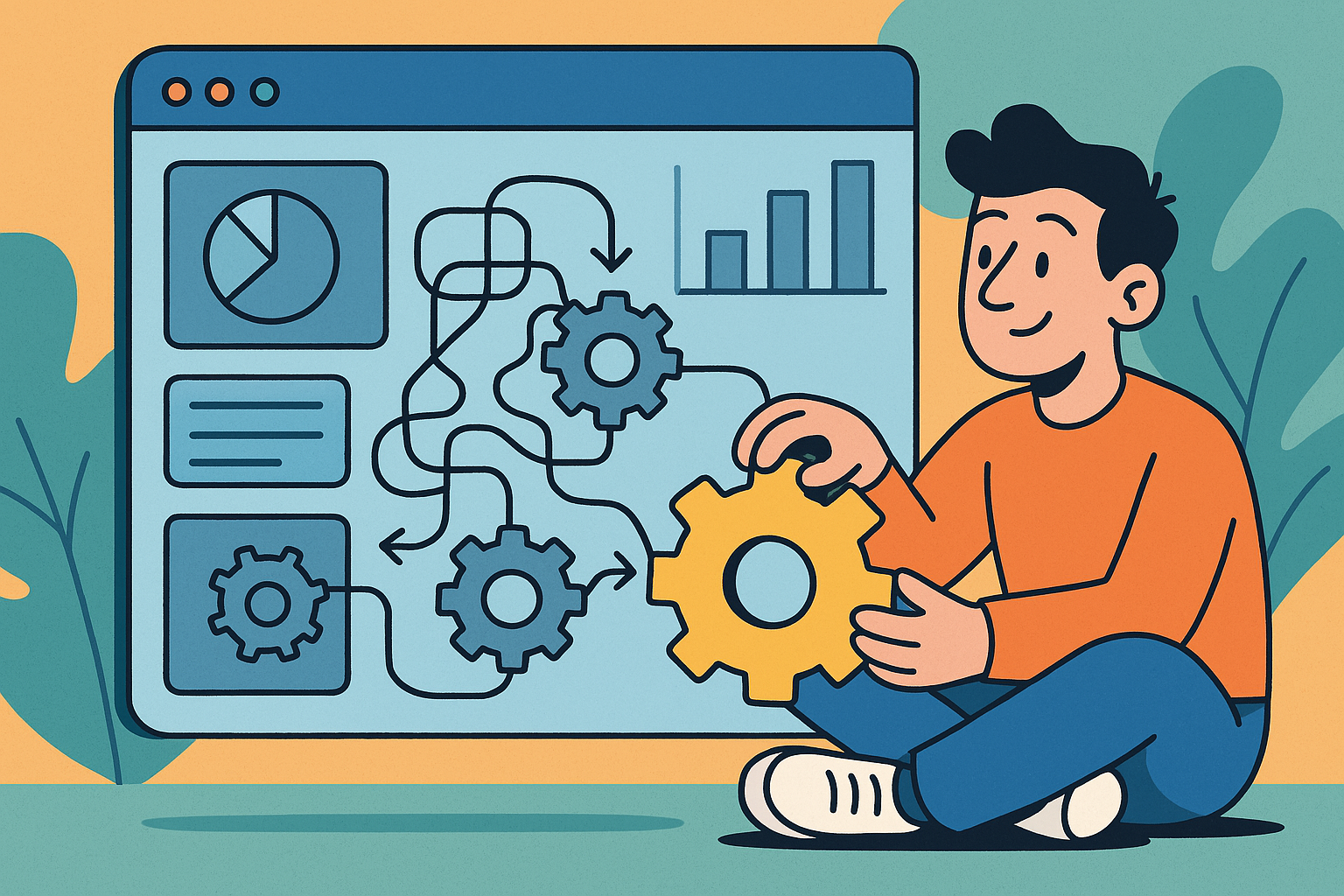Let’s be real—API-first sounds great until you're knee-deep in spaghetti.
I’ve been there. You start out with clean intentions: design your APIs first, make them reusable, decouple your front end from your back end. In theory, you’re building a scalable, maintainable system.
But somewhere along the way, it all unravels. Endpoints multiply. Field names shift. Relationships get messy. Suddenly, your “clean” architecture is a patchwork of inconsistent contracts, redundant payloads, and fragile integrations. And debugging it? A total nightmare.
Here’s the hard truth: your API strategy is only as strong as the data model behind it.
API-First ≠ Model-Free
Too many teams treat “API-first” as “just start with endpoints.” But if you don’t start with the data—what it is, how it relates, and how it evolves—you’re setting yourself up to fail.
What happens when you skip proper modeling?
- You end up reinventing the same structures across endpoints.
- Your consumers have to reverse-engineer your APIs to understand the data.
- You’re constantly firefighting inconsistencies between services.
This isn’t just a design flaw—it’s a scaling liability. Especially in complex enterprise systems, loose data modeling turns clean APIs into brittle contracts.
I Learned This the Hard Way
I’ve been on projects where data models were an afterthought. At first, everything moved fast. But six months in, changes became painful. We couldn’t introduce new services without breaking something. Integrations had to be rewritten. Eventually, we had to stop and refactor the entire data layer just to get things back under control.
That’s when I realized: the API is the interface, but the model is the contract. Without a well-structured data model, your API strategy is duct tape.
Enter Negroni: Data Modeling That Actually Powers APIs
This is exactly why we built Negroni at Lonti.
Negroni doesn’t just help you design pretty models—it turns those models into fully functional APIs on Martini. You define your data structure visually (or programmatically), set your relationships, and boom—Negroni generates RESTful endpoints on Martini that follow a consistent, reusable schema.
It’s built on the Common Data Model, which means you get a standardized approach to modeling that scales with your system. And because it’s part of the Lonti ecosystem, those models plug directly into Martini for automation and integration, and into Bellini for front-end binding. One model, everywhere.
No more duplication. No more guesswork. Just clean, reliable APIs—every time.
Why This Matters for Developers
Let’s be clear: this isn’t about slowing you down with more upfront work. It’s the opposite.
With Negroni, your data models are your APIs. That means:
- You define once, reuse everywhere.
- Every service speaks the same language.
- Consumers (whether internal devs or external partners) know exactly what to expect.
You can even version and evolve your models without breaking everything downstream. It’s API strategy done right—because it’s grounded in structure, not guesswork.
TL;DR: Model First, or Fix It Later
If your API strategy is struggling, odds are your data model is missing in action.
You can’t build strong, scalable APIs on top of a weak foundation. And in my experience, no amount of Swagger docs or OpenAPI tooling will save you from a messy model underneath.
So don’t wait for things to break. Start with structure. Build with Negroni.
Because the fastest way to scale your APIs isn’t with more endpoints—it’s with better models.
Want to see how Negroni changes the game?
Try the Negroni Free Edition — create 5 data manifests, define unlimited entities, and publish directly to Martini. No fluff. Just real modeling power.
#LowCodeNoLimits #APIFirst #DataModeling #Lonti #Negroni #DeveloperTools
 is now
is now


